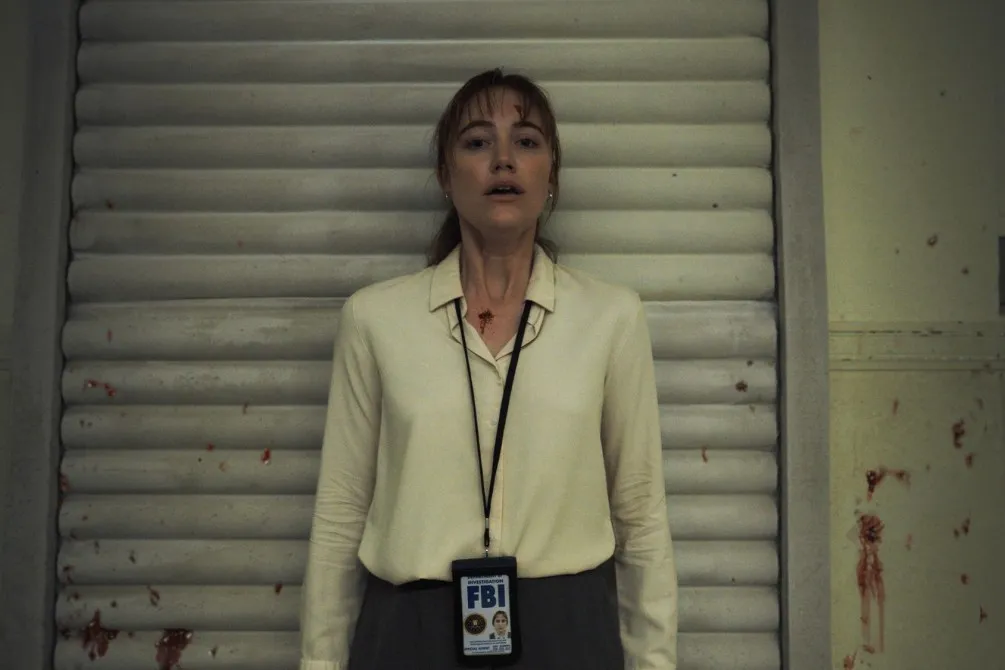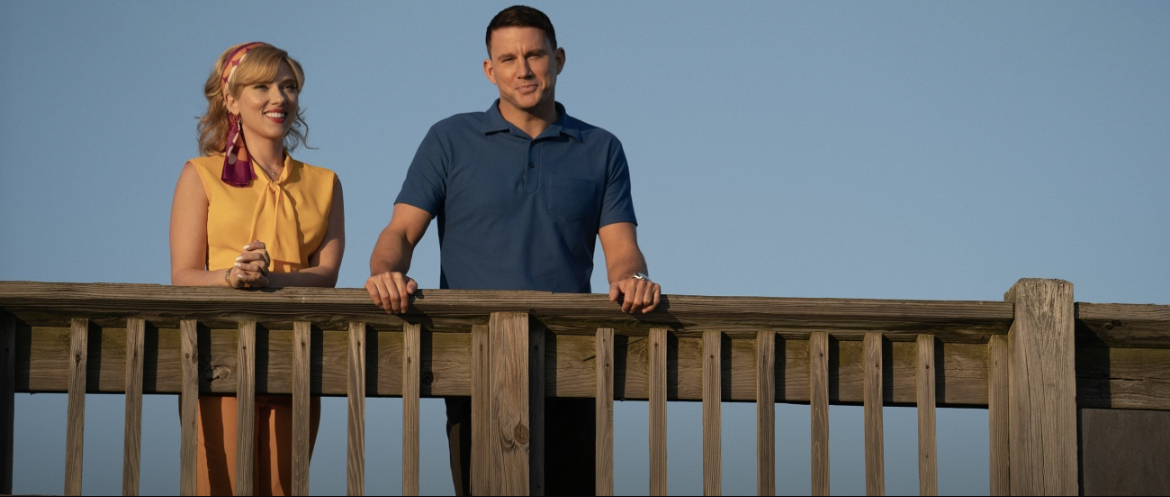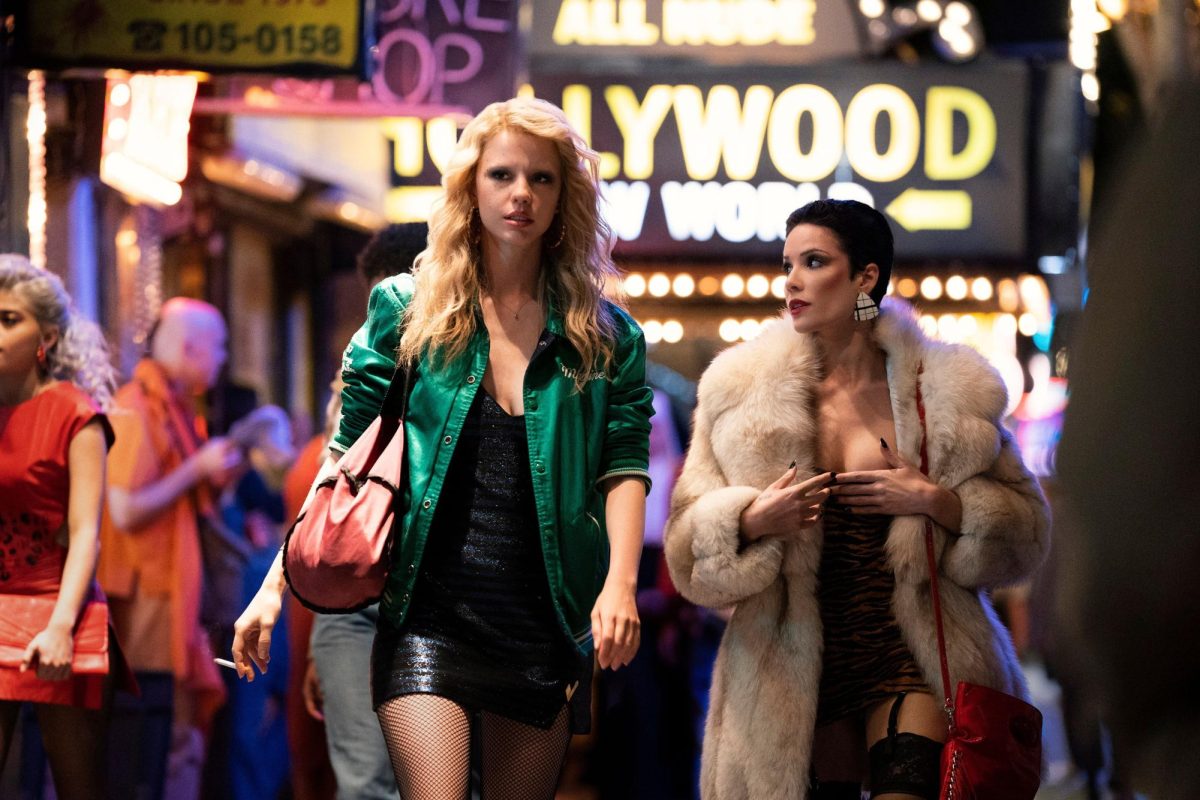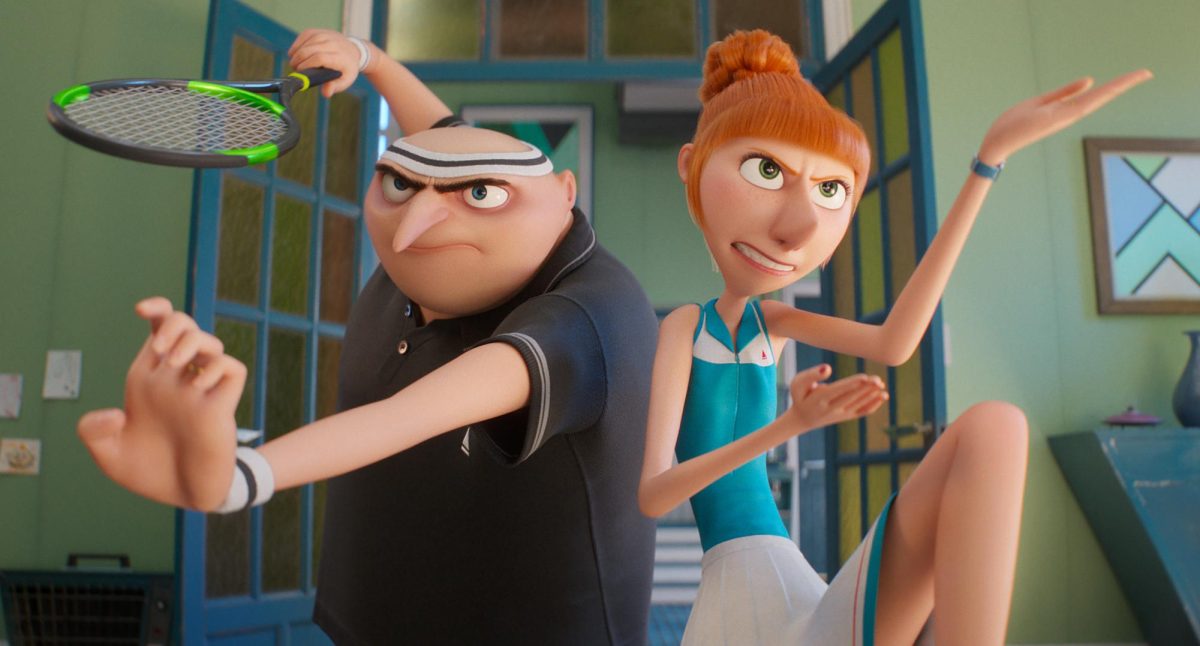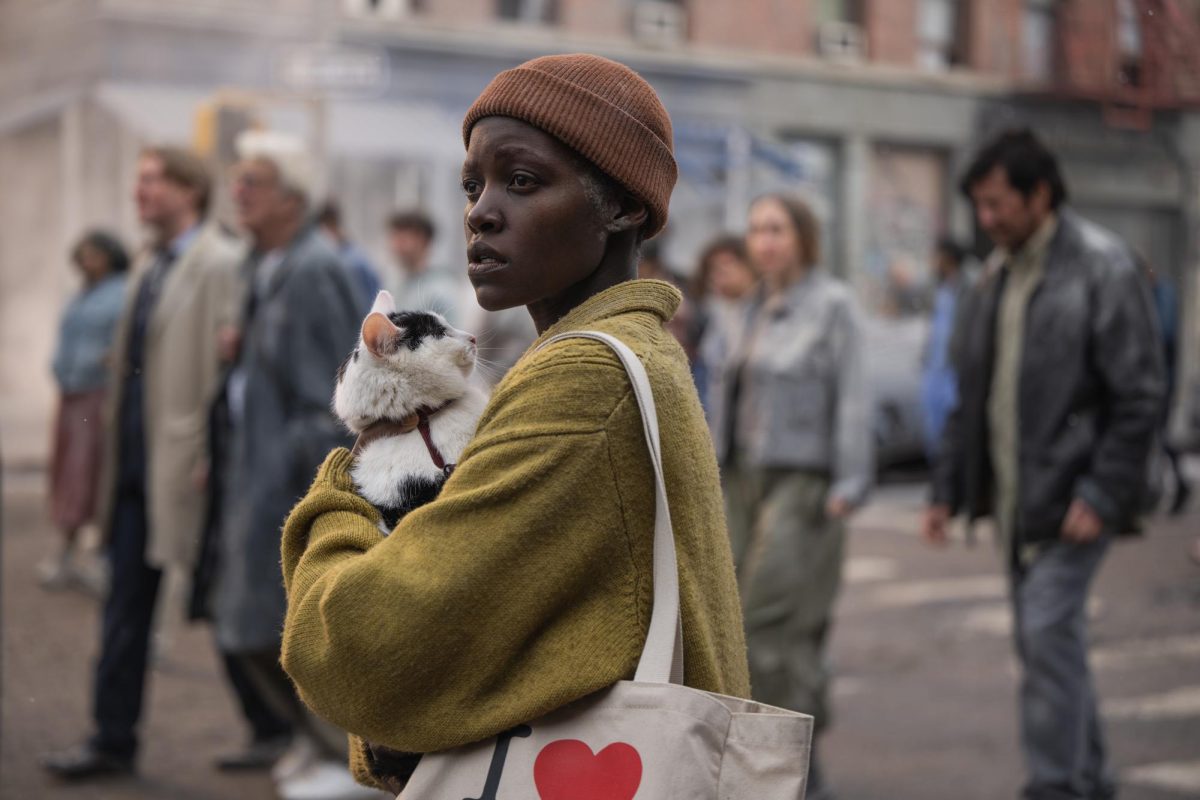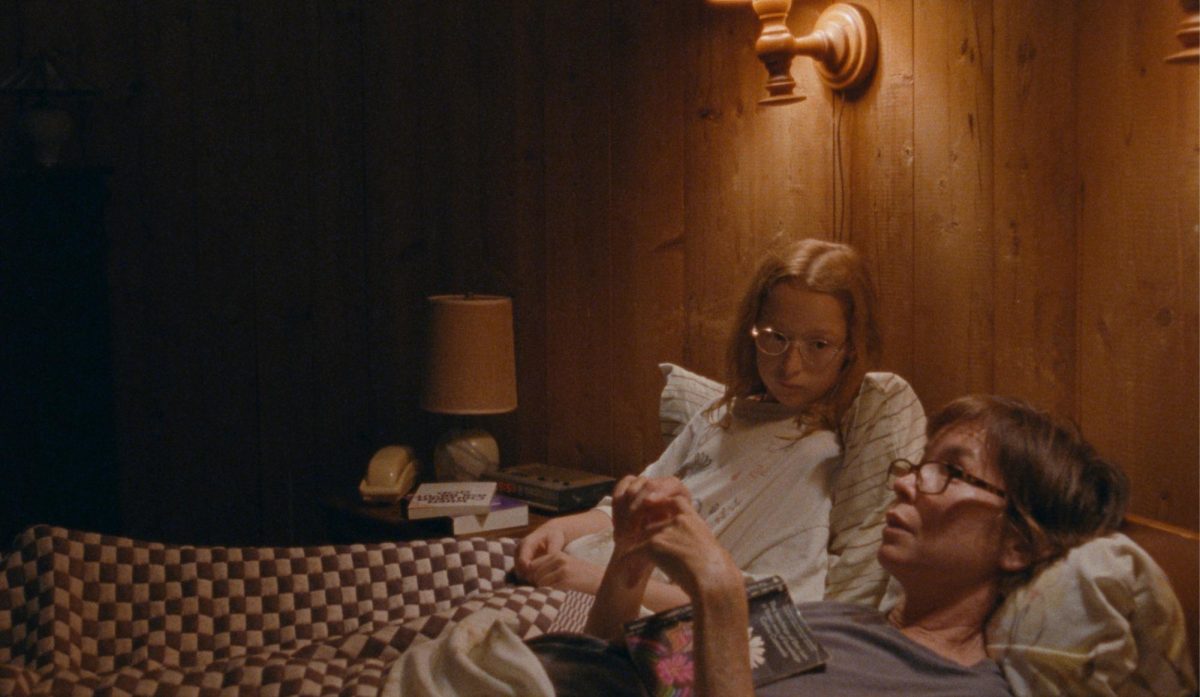For just short of a decade now, Warner Bros. has been making one of the biggest, most successful gambles in cinema history. When “Harry Potter and the Sorcerer’s Stone” released in November 2001 with a talented ensemble cast led by three unknowns, it could have just as easily failed as it did succeed. Even more impressive is that the sprawling cast made it to the end of the series, eight movies and almost a decade later, relatively intact. The most vital part of the “Harry Potter” franchise is that, somehow, they stuck the landing. The final film is the best of the series — a moving, emotional payoff for all that’s come before it.
Picking up exactly where the last film left off, “Deathly Hallows: Part Two” takes place almost entirely in a single day, starting off with Harry (Daniel Radcliffe), Ron (Rupert Grint) and Hermione (Emma Watson) robbing the wizarding bank, Gringotts, before they return to Hogwarts for the climactic battle against Voldemort (Ralph Fiennes).
And what a battle it is. The buildup to the confrontation is almost as epic as the battle itself and both sequences are impressive, sweeping bits of filmmaking. Lots of characters finally get their moment in the spotlight, and crowd-pleasing scenes fly left and right. Climactic scenes involving Neville Longbottom (Matthew Lewis) and Mrs. Weasley (Julie Walters), lifted almost word-for-word from the book, will get the most praise. But it’s also immensely satisfying to watch Maggie Smith’s Professor McGonagall taking steps to reclaim Hogwarts from the slimy Severus Snape (Alan Rickman) and to witness Harry finally become a hero.
Unfortunately, some characters do get the short end of the stick because of either a demand for runtime or the film’s story. A few major figures are killed off-screen and Robbie Coltrane’s Hagrid, one of the most integral characters of the first few films, has less than five minutes of screen time.
For every character who gets shorted, there’s another who shines. Rickman’s Snape gets an extended flashback sequence that explains his backstory. And it’s perhaps the most emotional of the film’s many climaxes, paying off one of the most subtle and devastating character arcs of the entire series. Fiennes has obviously been having a great time as well, filling Voldemort with gleefully villainous malice. He gives his strongest performance yet here, alternating between terrifying confidence as Voldemort grows more powerful and uncertain fear as Harry grows closer to defeating him.
Director David Yates also does magnificent work. After entering the franchise with “Order of the Phoenix” and directing every subsequent film, Yates has played a large role in steering the franchise in a darker direction and his visuals have never been stronger than in this final film. Cinematographer Eduardo Serra, who also worked on “Deathy Hallows: Part One,” makes Hogwarts look as dangerous as it is comforting and finds an indelible beauty in the destruction of the location the franchise is built on.
If the final “Harry Potter” film has one flaw, it’s the runtime. Clocking in at 130 minutes including credits, it’s the shortest film by a wide margin, and that’s a shame. Even though the film moves at a breakneck pace and the battle of Hogwarts consumes a solid 90 minutes, no one would complain about having more time with these characters, using supporting characters through the final showdown or giving the audience more resolution than the silly epilogue. It’s rare to want a movie to be longer, but in this case, after 10 years of buildup, a bit more at the end would only be icing on an already delicious cake.
Even so, plenty of strong moments will leave any fan with goosebumps — small details such as how Yates waits to use John Williams’ iconic theme song until Harry has returned to Hogwarts or Harry’s response to a threatening speech from Snape. With an expectedly huge box office, Yates and screenwriter Steve Kloves could have easily coasted on these final films, but they give the film their all.
With this, the last of the “Harry Potter” films, Warner Bros. has to be sighing with relief. Not only did they make eight films, each of them satisfying in their own way, they ended the franchise on its strongest note, thanks in no small part to Yates and Kloves, both of whom have played major roles in making the franchise work as well as it does. “Deathly Hallows: Part Two” is filled with moments the series has spent a very long time earning. It’s the wizarding war film that many of us have been waiting for since the final book was released. The film, and the franchise as a whole, is an undeniable achievement. The rare film adaptations could stand up to the books that preceded them since they are such a cultural touchstone for our generation.
Printed on 07/14/2011 as: 'Deathly Hallows: Part 2' shines, proves successful end to series



